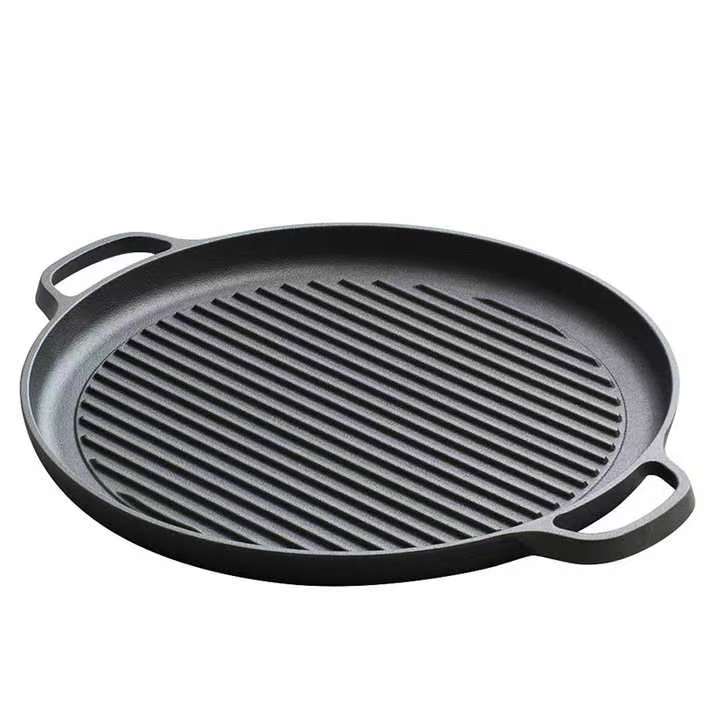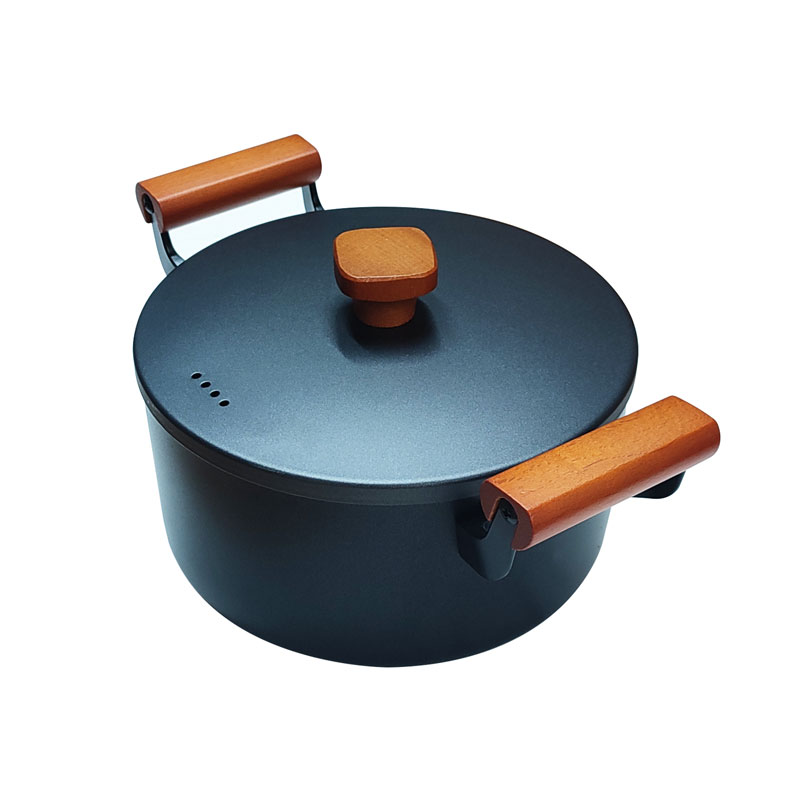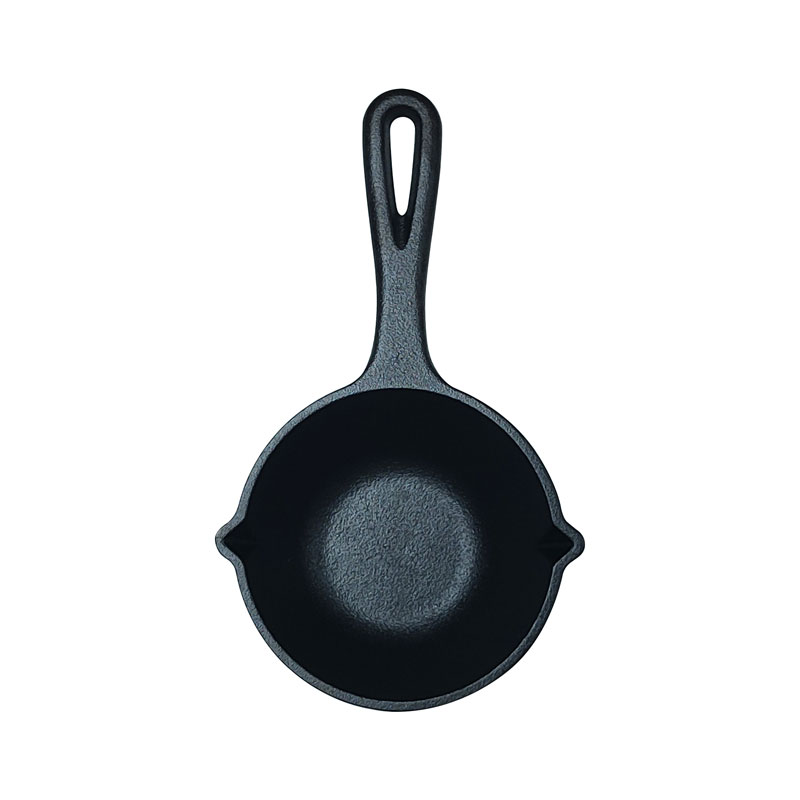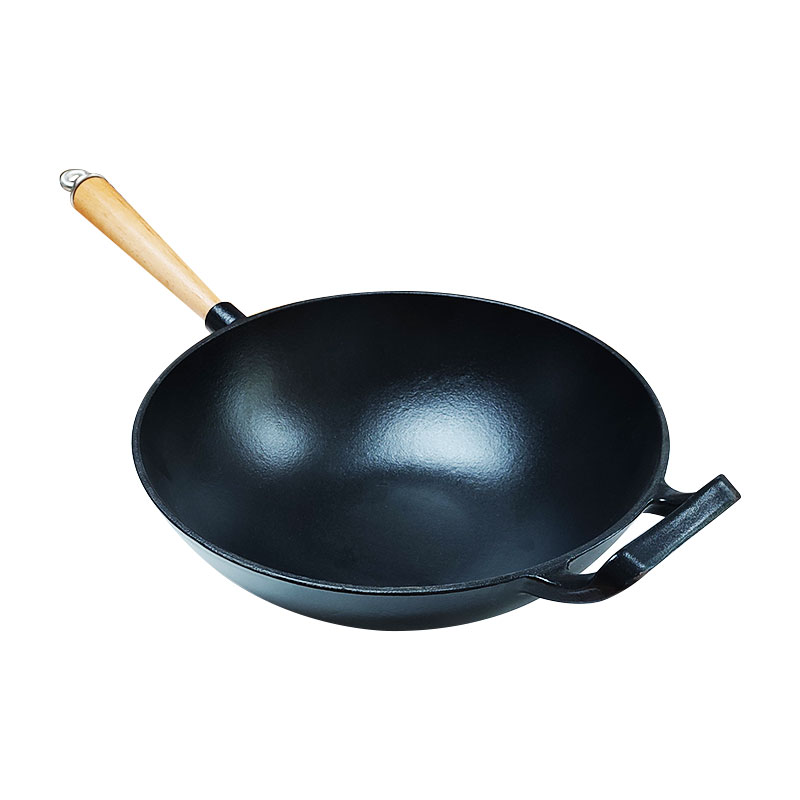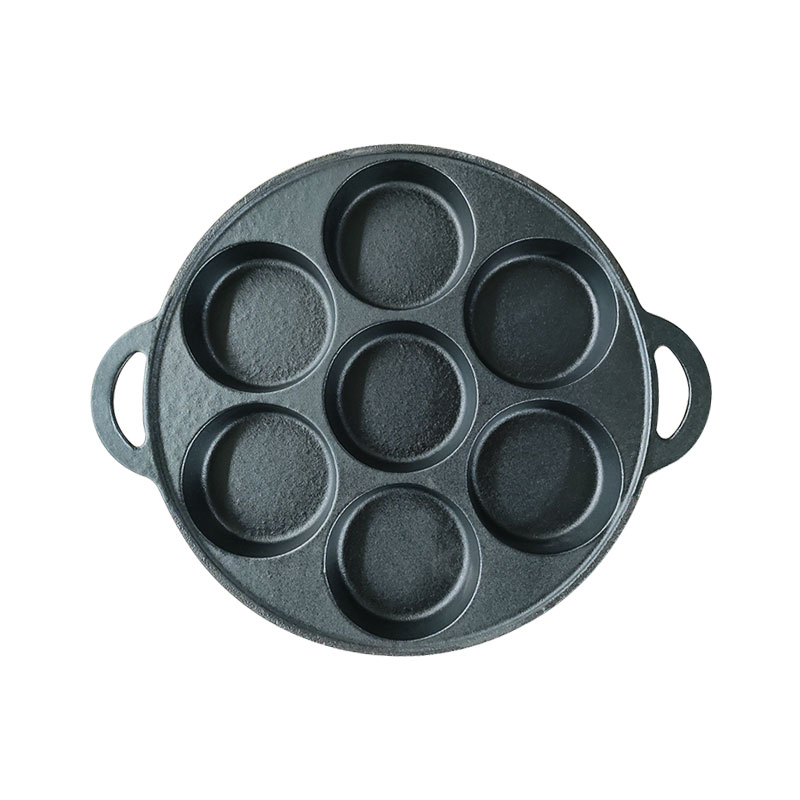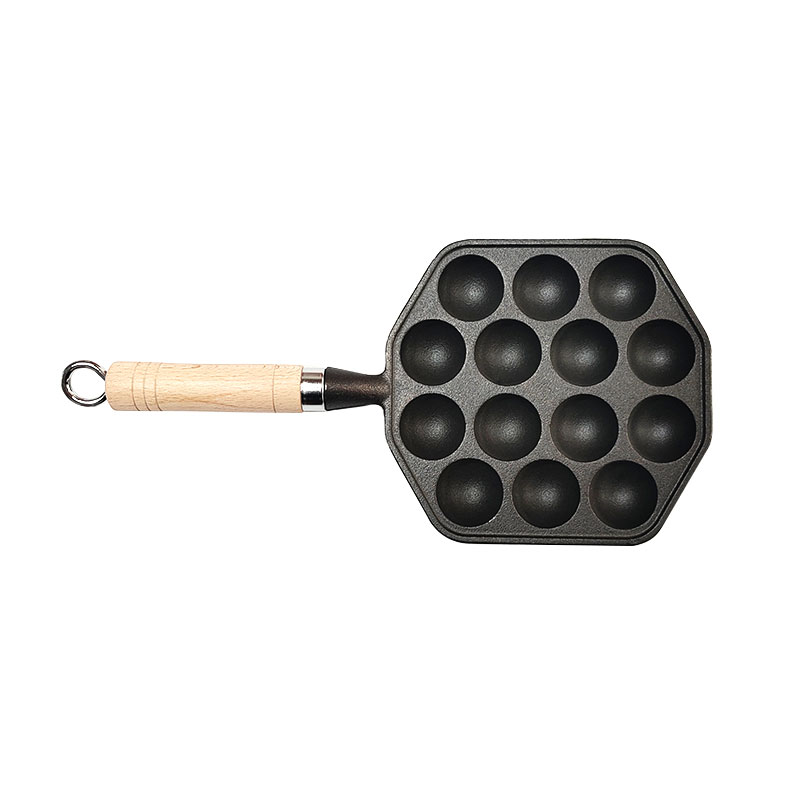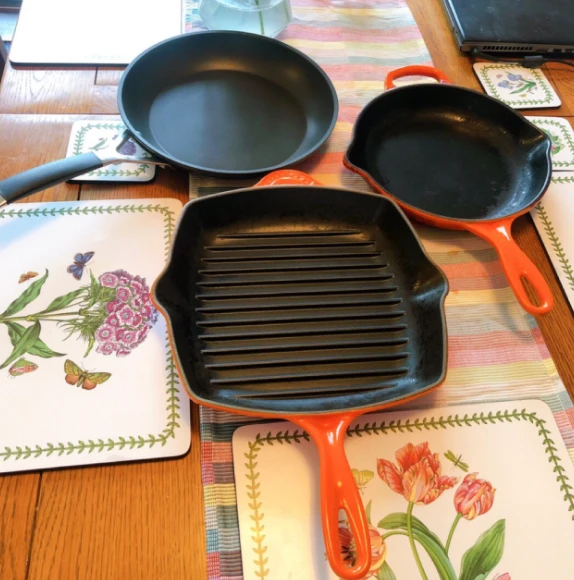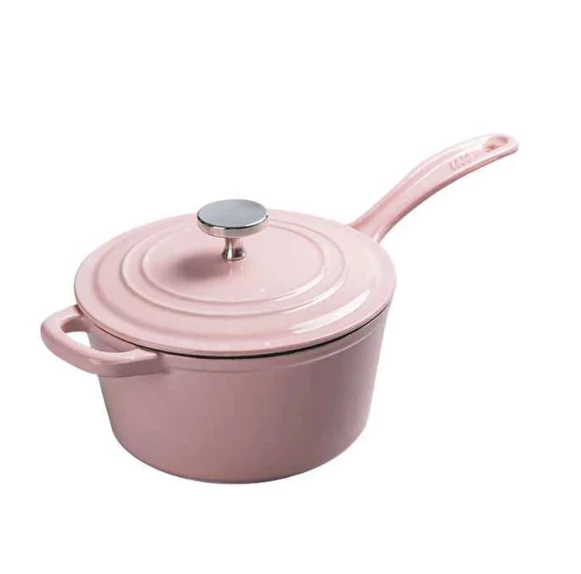- Afrikaans
- Albanian
- Amharic
- Arabic
- Armenian
- Azerbaijani
- Basque
- Belarusian
- Bengali
- Bosnian
- Bulgarian
- Catalan
- Cebuano
- Corsican
- Croatian
- Czech
- Danish
- Dutch
- English
- Esperanto
- Estonian
- Finnish
- French
- Frisian
- Galician
- Georgian
- German
- Greek
- Gujarati
- Haitian Creole
- hausa
- hawaiian
- Hebrew
- Hindi
- Miao
- Hungarian
- Icelandic
- igbo
- Indonesian
- irish
- Italian
- Japanese
- Javanese
- Kannada
- kazakh
- Khmer
- Rwandese
- Korean
- Kurdish
- Kyrgyz
- Lao
- Latin
- Latvian
- Lithuanian
- Luxembourgish
- Macedonian
- Malgashi
- Malay
- Malayalam
- Maltese
- Maori
- Marathi
- Mongolian
- Myanmar
- Nepali
- Norwegian
- Norwegian
- Occitan
- Pashto
- Persian
- Polish
- Portuguese
- Punjabi
- Romanian
- Russian
- Samoan
- Scottish Gaelic
- Serbian
- Sesotho
- Shona
- Sindhi
- Sinhala
- Slovak
- Slovenian
- Somali
- Spanish
- Sundanese
- Swahili
- Swedish
- Tagalog
- Tajik
- Tamil
- Tatar
- Telugu
- Thai
- Turkish
- Turkmen
- Ukrainian
- Urdu
- Uighur
- Uzbek
- Vietnamese
- Welsh
- Bantu
- Yiddish
- Yoruba
Cast Iron Wok Pan Care & Maintenance: Cleaning, Removing Rust & Daily Care
Nov . 18, 2025 17:21
Cast iron wok pans are often praised as the “soul” of traditional stir-fry cooking—capable of superior heat retention, smoky wok hei, and decades of service when properly cared for. But they also intimidate many home cooks. How do you clean a cast iron wok without destroying its seasoning? Why does rust still appear? And what does “daily care” even mean?
This guide breaks everything down in a simple, practical way. Whether you're new to cast iron or leveling up your wok maintenance skills, you’ll learn how to clean it, remove rust, season it correctly, and build a long-lasting nonstick surface.
Why Cast Iron Woks Need Special Care
Unlike stainless steel or nonstick pans, cast iron is porous. This means:
-
It absorbs oil, which builds a natural nonstick layer called seasoning.
-
It can rust easily when exposed to moisture.
-
It becomes more durable and better with age, as long as you take care of it.
The good news? A cast iron wok is nearly impossible to “ruin.” Even rusty, gunky, or dull ones can be restored to like-new condition with the right steps.
Part 1 — How to Clean a Cast Iron Wok (Correctly)
Cleaning cast iron is all about the balance between removing food residue without stripping the seasoning you worked hard to build.
1. Clean Immediately After Cooking
While the wok is still warm (not blazing hot):
-
Rinse it under warm water
-
Use a soft sponge, brush, or bamboo wok brush
-
Scrub gently until food bits are gone
A small amount of mild dish soap is okay, but avoid strong detergents.
2. Avoid Soaking the Wok
Leaving your cast iron in water is a guaranteed way to:
-
Develop rust spots
-
Weaken the seasoning
If food is stuck, boil a little water inside the wok for 1–2 minutes, then rinse and scrub.
3. Dry Completely
This is the most important step.
After rinsing, place the wok over medium heat until all water evaporates.
Wiping it dry with a clean towel works too, but heat-drying guarantees no moisture remains.
4. Apply a Light Oil Coating
When dry and still warm:
-
Add 3–5 drops of high-smoke-point oil
(flaxseed, grapeseed, canola, peanut, or lard) -
Use a paper towel to wipe until the wok looks almost dry
This micro-layer protects the wok from rust and maintains the seasoning.
Part 2 — How to Remove Rust from a Cast Iron Wok
Rust happens—even to well-seasoned pans. Humid weather, soaking, or air-drying can cause orange spots or full rust coverage. Don’t panic. Cast iron rust removal is straightforward.
1. Scrub Down the Rust
Use one of the following:
-
Steel wool (for heavy rust)
-
A stiff scouring pad (for light rust)
-
Fine sandpaper (if restoring an old wok)
Scrub until all orange or brown rust is completely gone.
2. Wash and Dry
Rinse off the rust dust, clean the pan with warm water, and heat-dry again.
3. Reseason the Wok
After rust removal, you need to rebuild the protective oil layer.
Apply a thin coat of oil and heat the wok on medium-high heat for 10–15 minutes.
Repeat 2–3 times for best results.
Your wok will come back darker, smoother, and properly protected again.
Part 3 — How to Season a Cast Iron Wok (Full Method)
If your wok is brand new or the rust removal stripped all seasoning, use the full seasoning process.
Step-by-Step Seasoning Process
1. Wash the Wok Thoroughly
Manufacturers often leave a protective factory coating.
Scrub with hot water and a small amount of dish soap just this one time.
2. Dry Completely
Heat the wok over medium heat until fully dry and warm.
3. Apply a Thin Oil Layer
Use a paper towel to wipe a very thin layer of oil around:
- Bottom
- Sides
- Outside of the wok
Tip: If the wok looks shiny or wet, you're using too much oil.
4. Heat Until the Oil Polymerizes
Place the wok over high heat. It will:
- Smoke lightly
- Darken gradually
- Become matte and smooth
Continue heating until the smoking stops.
5. Repeat 2–3 Times
Each layer creates a stronger, more durable nonstick surface.
After several rounds, the wok should turn a deep black color—that’s the perfect seasoned finish.
Part 4 — Daily Care Routine for Cast Iron Wok Owners
Want your wok to stay nonstick and rust-free? Follow this simple routine.
After Every Use
-
Wash with warm water
-
Dry fully
-
Wipe with a few drops of oil
-
Store in a dry place
This takes less than 2 minutes and prevents 99% of issues.
Weekly Care
If you cook frequently, do a quick high-heat oil pass once a week:
-
Heat the wok to smoking
-
Add 2 drops of oil
-
Wipe until smooth
This maintains the seasoning and enhances the nonstick effect.
Avoid These Common Mistakes
-
Don’t use the dishwasher
-
Don’t air-dry the wok
-
Don’t use too much oil when seasoning
-
Don’t cook acidic foods (like tomatoes) during the first week of seasoning
-
Don’t store food inside the wok
Part 5 — FAQs About Cast Iron Wok Maintenance
1. Can I use dish soap on my cast iron wok?
Yes—mild soap is fine. Just avoid soaking or using harsh detergents.
2. Why does my seasoned wok still stick?
Possibly because:
-
Not enough oil was used during seasoning
-
You cooked at too low of a temperature
-
You washed the wok too aggressively
A quick reseason usually solves it.
3. Can cast iron woks be used on induction or electric stoves?
Yes. Cast iron works on gas, electric, ceramic, induction, and even open flame.
4. What oil is best for wok seasoning?
High-smoke-point oils:
Flaxseed
Grapeseed
Canola
Peanut oil
Lard
Avoid olive oil.
5. Is rust dangerous?
Surface rust is harmless and can be cleaned easily.
Just scrub, dry, and reseason.
Conclusion: Your Cast Iron Wok Can Last a Lifetime
Caring for a cast iron wok isn’t complicated—it’s consistent:
-
Clean with warm water
-
Dry completely
-
Oil lightly after every use
-
Reseason when needed
Follow these steps, and your wok will build a naturally nonstick, ultra-durable finish that makes every stir-fry, sear, or deep-fry better.
If you treat your cast iron wok well, it will reward you with decades of reliable cooking and the classic flavor that only seasoned cast iron can deliver.
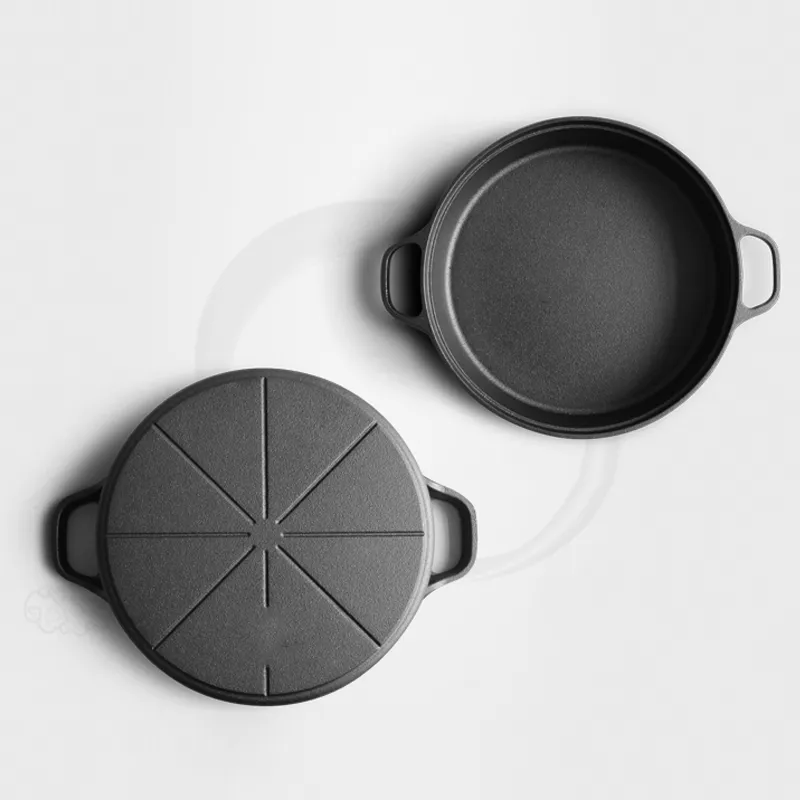
Inquire Now for Cast Iron Cookware Deals
Please Fill Out The Form Below And Our Team Will Get Back To You With Pricing, Product Details, And Customization Options.











